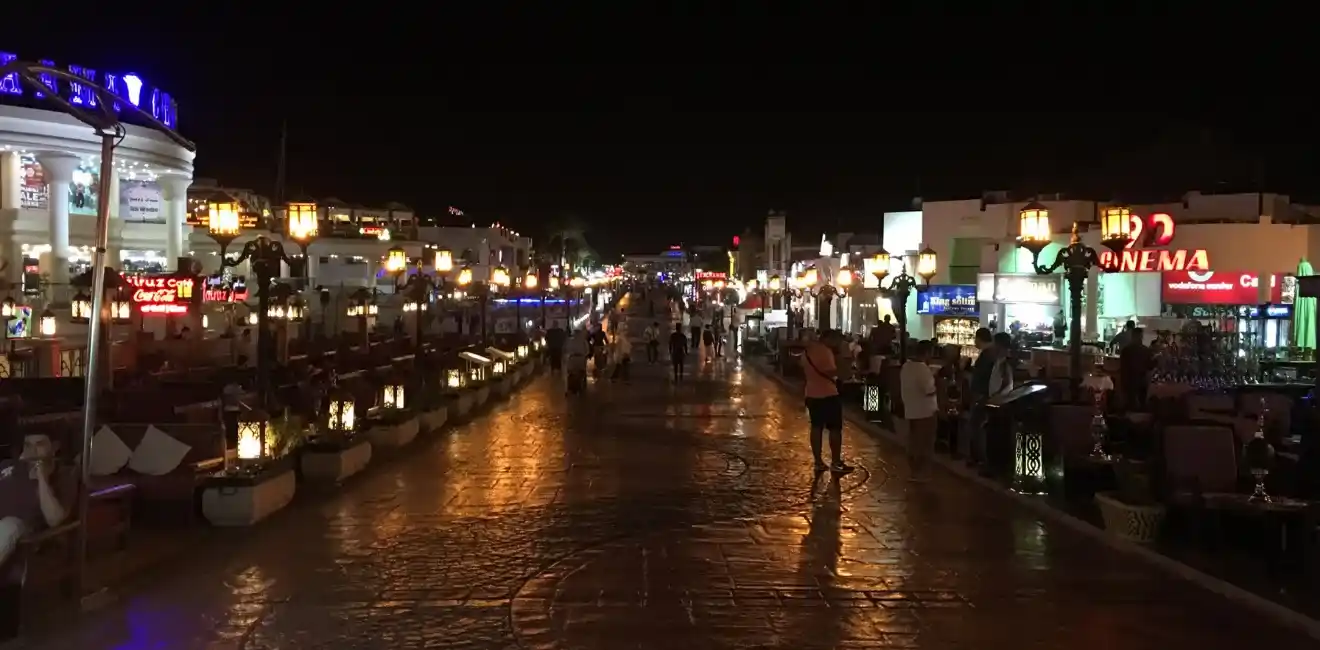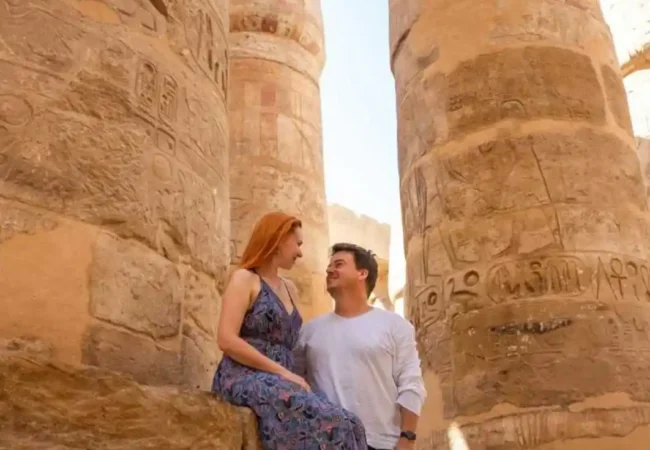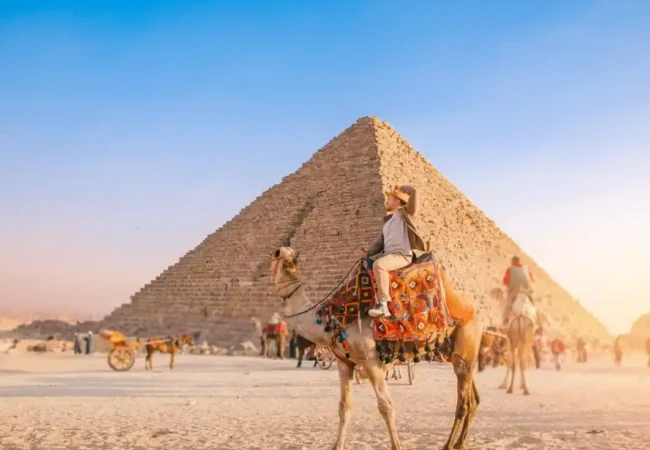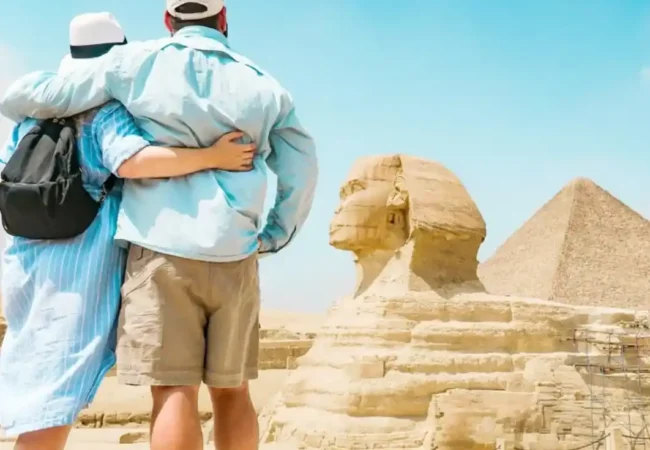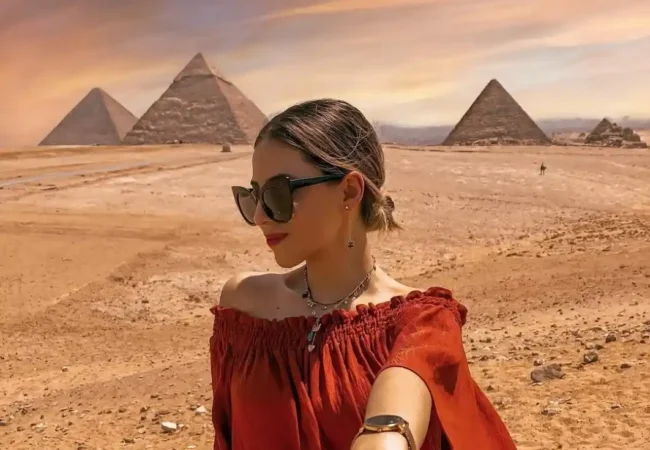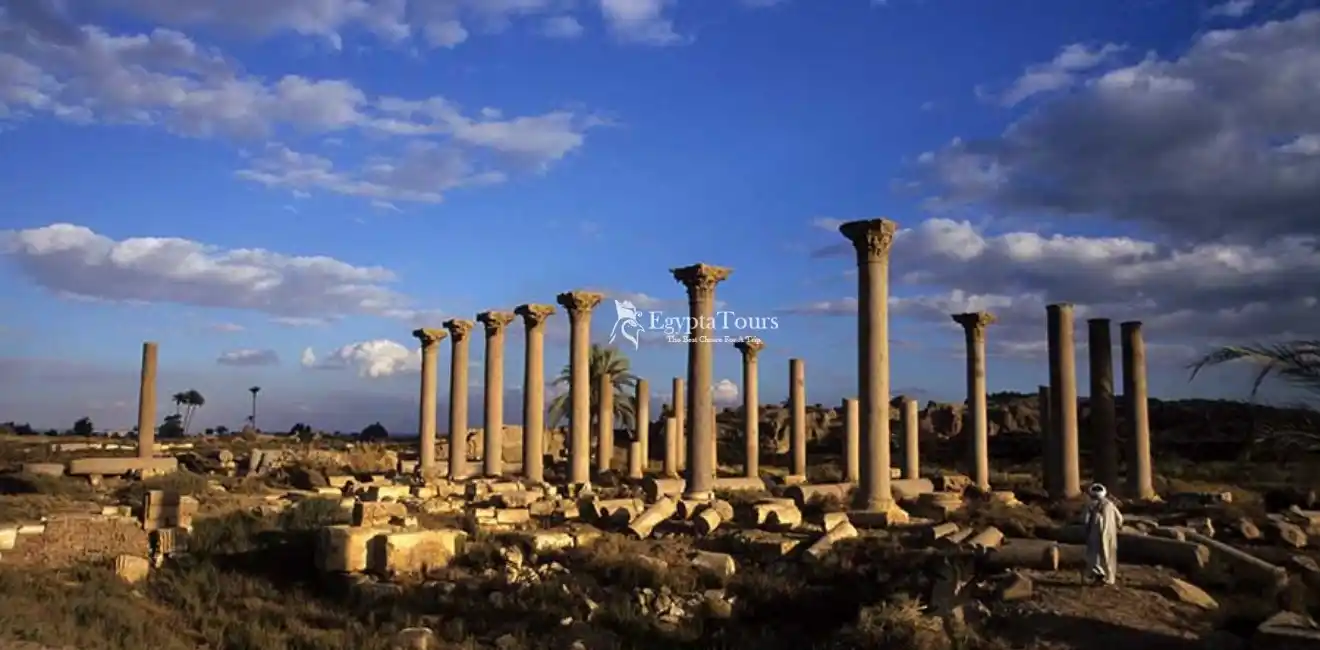
Hermopolis: Ancient City of Thoth
The village of Ashmunein is located within the Mallawi district of Minya Governorate in the Arab Republic of Egypt.
This village is known as the modern extension of what was formerly known as “Hermopolis.” Hermopolis is located adjacent to the current village of Ashmunein on the west bank of the Nile River.
It is easily accessible from the capital Cairo by road or river. The road leading to it reveals uninterrupted Egyptian landscapes giving travelers a clear glimpse into the profound history of this land.
In this article, we will provide you with all the information about this unique city.
Hermopolis has been known by several distinct names throughout the ages each carrying a special significance that reflects its religious and cultural depth. In ancient Egyptian it was known as “Khemnu” or “Khemu,” which translates to “City of the Eight,” a direct reference to the group of eight gods that formed the concept of the ancestors and who had a major cult center at this site.
Over time the name evolved to appear in Coptic as “Shumun,” later transformed into “Al-Ashmunin” in Arabic the current name.
In ancient Greek (Koine), the Greeks called it “City of Hermes,” a result of their association between the Greek god Hermes and the Egyptian god Thoth.
This city was the site of his main temple. Thoth was a symbol of wisdom magic, and healing, and the patron of the book.
Thoth clearly had a clear connection to the Phoenician god Eshmun as inscriptions found within the city’s temples describe him as “Lord of Eshmun” demonstrating the close relationship between the two ancient cultures.
Discover the fascinating history of Hermopolis
Hermopolis was once known as the capital of the fifteenth nome of Upper Egypt known as the “Nome of the Rabbit,” and was located within the region of Heptanomis since the early Old Kingdom.
During these times the borders of the Theban nome extended further north than we know them today making Hermopolis a strategic meeting point between the two nomes.
This unique location gave it great importance and prestige transforming it into a rich and prosperous city no less important than Thebes itself.
To the south of the city was a famous fortress known as the “Castle of Hermopolis.” Boats coming from the south would pass through it and pay tolls at this important point.
This area was known to the Greeks as “Ἑρμοπολιτάνη φυλακή” and in Arabic as “Bahr Yusuf.” It was a major stop for trade and river transport.
Near the opposite bank are the Beni Hassan Cemetery which served as burial grounds for the residents of Hermopolis. Although the river lies between the city and the burial site the curved nature of the western mountains makes crossing the river easier for funerals than by land.
Hermopolis in Roman Rule
During the Roman period Hermopolis was one of the most important cities in the First Theban Region belonging to the Egyptian administrative region. Among the most important deities worshipped there was the god Thoth known for wisdom writing, and magic, whom the Greeks associated with their god Hermes.
The god Set (or Typhon) was also worshipped there depicted as a hippopotamus surmounted by a falcon fighting a snake symbolizing the eternal struggle between good and evil.
Discover the ancient Christian history of Hermopolis
Hermopolis is closely linked to the Christian tradition as it is believed to have been one of the stops where the Holy Family took refuge during their journey through Egypt.
The city was previously administratively affiliated with the Diocese of Antinoe which was subject to the Patriarchate of Alexandria.
Over the centuries and with the changing political and religious landscape the ecclesiastical status of Hermopolis declined especially after the introduction of Islam to Egypt.
Despite this decline the city retained its religious importance for a long time, and was the center of a number of prominent bishops including Bishop Conon in the mid-third century Basilius in 325 AD, and Dios in around 350 AD.
The names of its bishops continued to be mentioned until the seventh century AD.
In Catholic tradition Hermopolis the Great was known as a titular diocese (tetrarchy) and this designation persists within the Coptic Orthodox Church as well.
In the 18th century the name was revived within the Latin Catholic Church as “Hermopolis the Great” and was later changed to “Hermopolis Magna” between 1925 and 1929.
This titular episcopal see has been held by a number of bishops who served in various regions around the world most notably Luigi Antonio Vallina Cremona Dominik Kilczewski and Antoni Melchior Velkowski. However this titular diocese was officially abolished in 1949 ending a long period of Hermopolis’ ecclesiastical representation within the church hierarchy.
Understanding the Astonishing Religious Significance of Hermopolis
Hermopolis is one of the most important sites in ancient Egyptian civilization playing a central role in beliefs based on polytheism and mythological symbols.
The city served as a provincial capital during the Old Kingdom and later became a prominent city during the Roman period.
It then became a center of early Christianity in the third century AD before being abandoned after the Islamic conquest in 640 AD. It was later revived within the Latin Catholic tradition and within the Coptic Orthodox Church.
Hermopolis was known in ancient times as the home of the god Thoth and the Aeneid known as the “Ajdud,” eight primordial gods four male frogs and four female snakes.
They represented the concepts of the first chaos in the universe and according to legend were the origin of creation according to the stories associated with the city.
The god Thoth was the official patron of Hermopolis, He was seen as the scribe of the gods the inventor of writing, and the organizer of time.
He was also known for his role in lunar calculations wisdom, and the separation of powers In the affairs of the dead he was a multifaceted god with a profound influence on the lives of the ancient Egyptians in all aspects.
Learn about the unique creation myth of Hermopolis
The creation myth of Hermopolis is known as the “Ajdud Doctrine,” one of the most important stories explaining the origin of the universe in ancient Egyptian thought. It is associated with the city of Hermopolis known today as Ashmunayn.
This story was not unique in ancient Egypt rather, it was part of a group of creation concepts that emerged in various regions of the country each seeking to understand the beginning of the universe and the natural forces that govern it.
This doctrine focuses on the pre-creation period when the universe was a dark void filled with water.
The Egyptians called it “Nun,” which represented chaos and formlessness. From within this darkness emerged eight primordial deities divided into four pairs, each representing a male and female aspect.
This formula came to highlight the concepts of balance and integration between male and female in the origin of the world.
Each pair of these gods embodies an element of cosmic chaos, but their existence was not arbitrary.
Rather they were the nucleus of the universe’s organization and the beginning of its formation.
This myth demonstrates the Egyptians’ profound belief that creation was not merely a random event, but rather the result of an organized interaction between dual forces that rebuilt order from the heart of chaos.
Conclusion
Hermopolis is a historical site with a unique religious and cultural character combining the roots of ancient Egyptian belief with the stages of religious transformation over the ages. Its location and religious significance made it a central point in understanding Egyptian beliefs about creation the organization of the universe, and worship.
Although its features have changed over time its influence remains present in historical and religious records confirming its long-standing value in Egyptian history.
FAQS
What is the relationship between Thoth and the djinn in this city?
Thoth the god of wisdom and writing was worshipped in Hermopolis and held a special status as “Lord of Ashmun,” a name associated with the djinn. The Greeks also associated him with the god Hermes popularizing the myth and expanding the djinn’s role in the creation of the world.
How does the myth describe the origin of the universe in Hermopolis?
The belief is that the universe began in a state of watery chaos known as “Nun,” from whose center emerged the first sacred hill or mound from which the djedod formed a “cosmic egg” or the back of the lotus flower. From these two mounds the sun god (like Ra or Atum) was born bringing order and light to the universe.
What is the “djedod cult” associated with Hermopolis?
It is a group of eight primordial deities four male and four female (the males have frog heads and the females have snake heads) representing the primal forces that preceded creation water, space, darkness, and absence or concealment.

